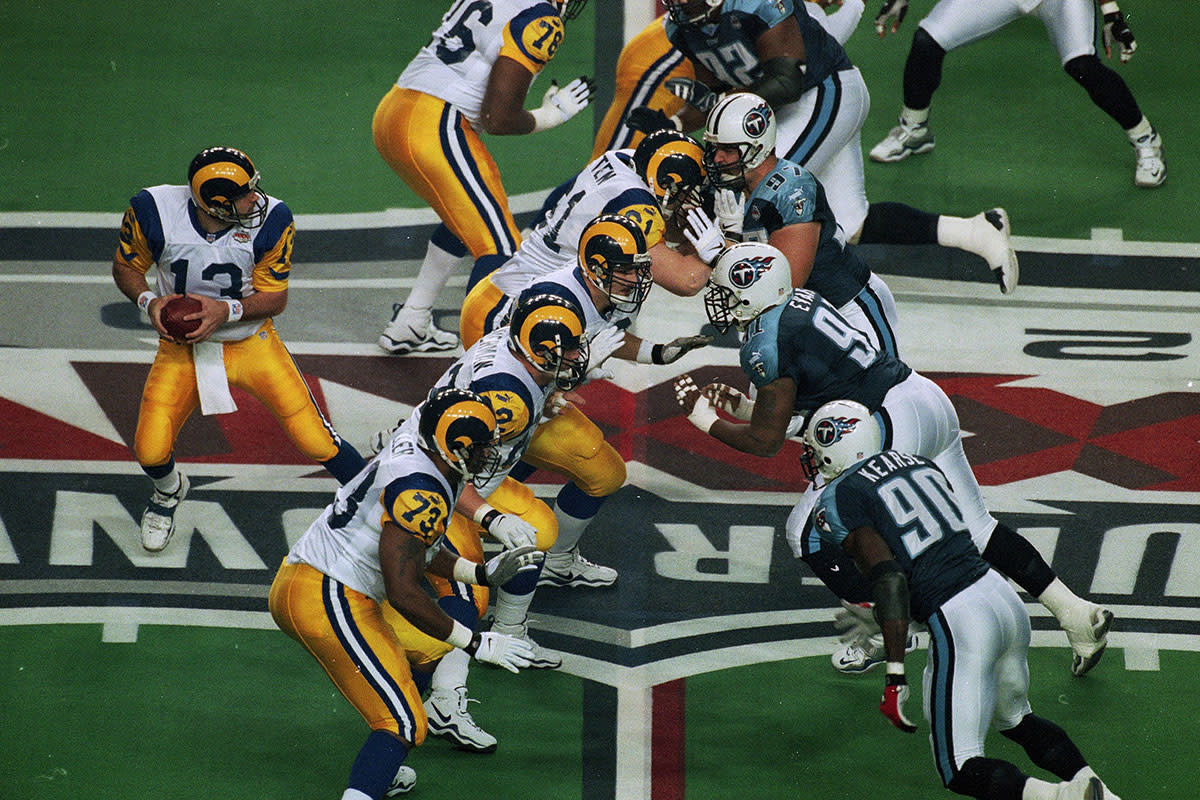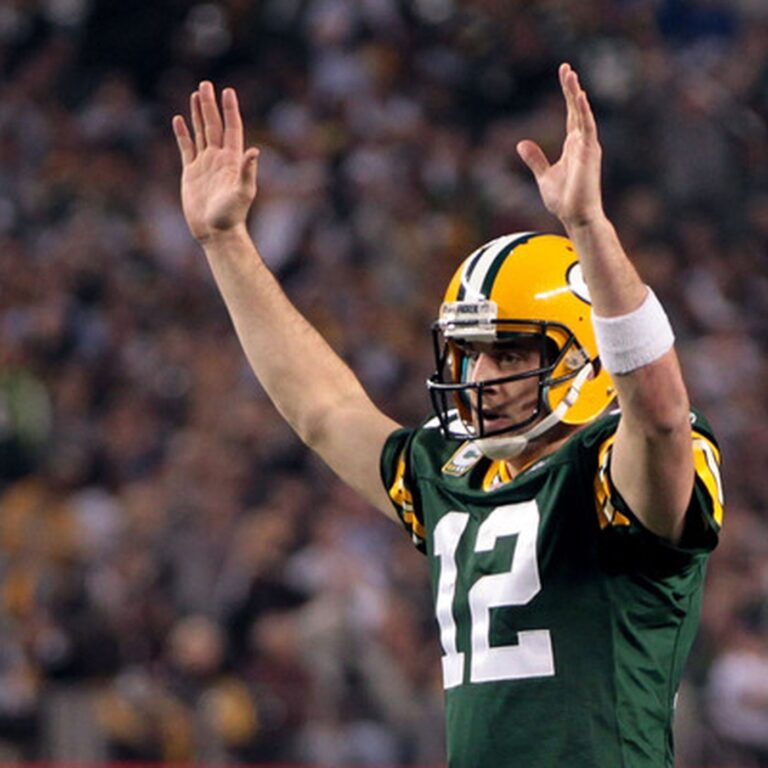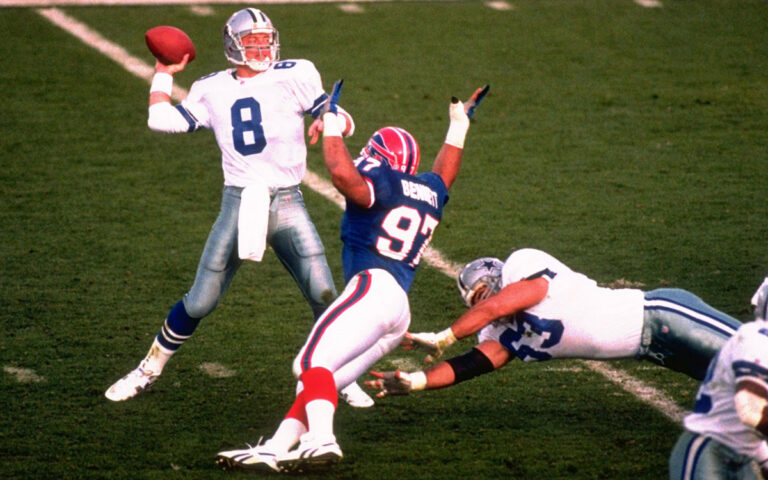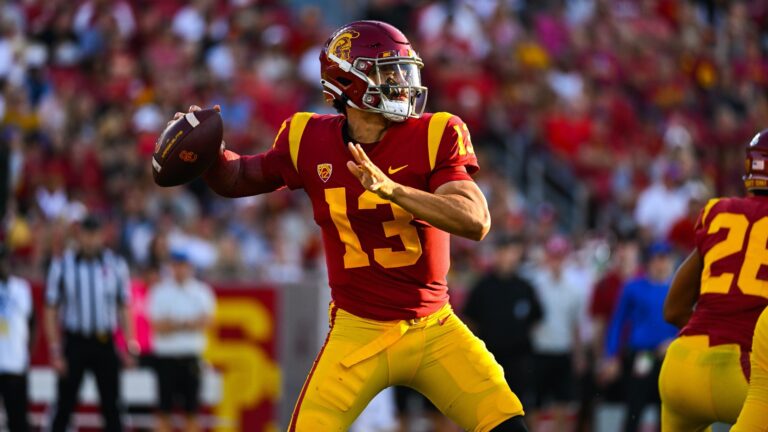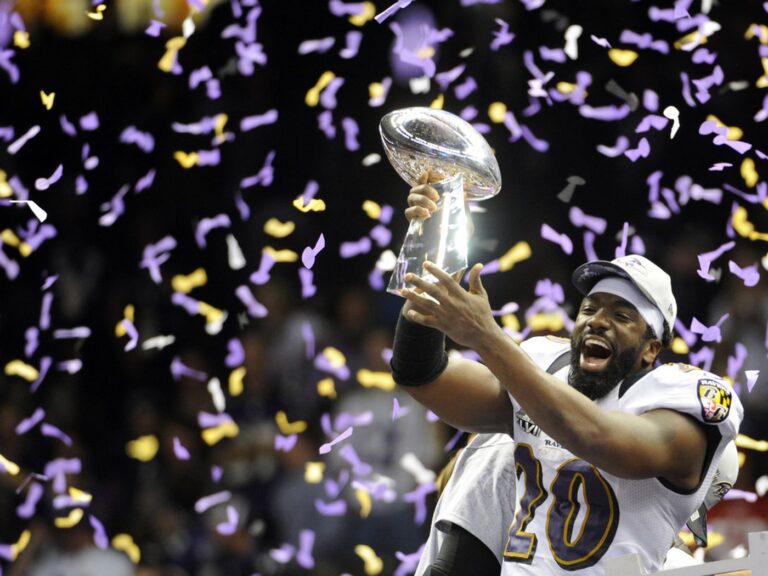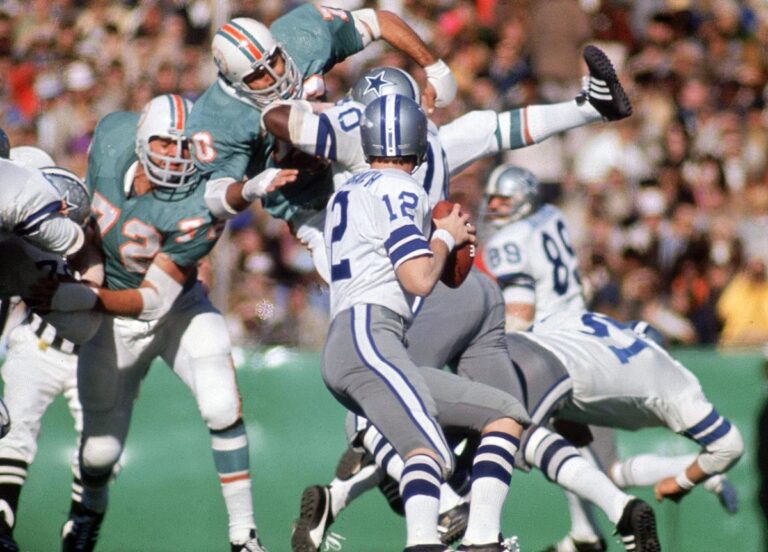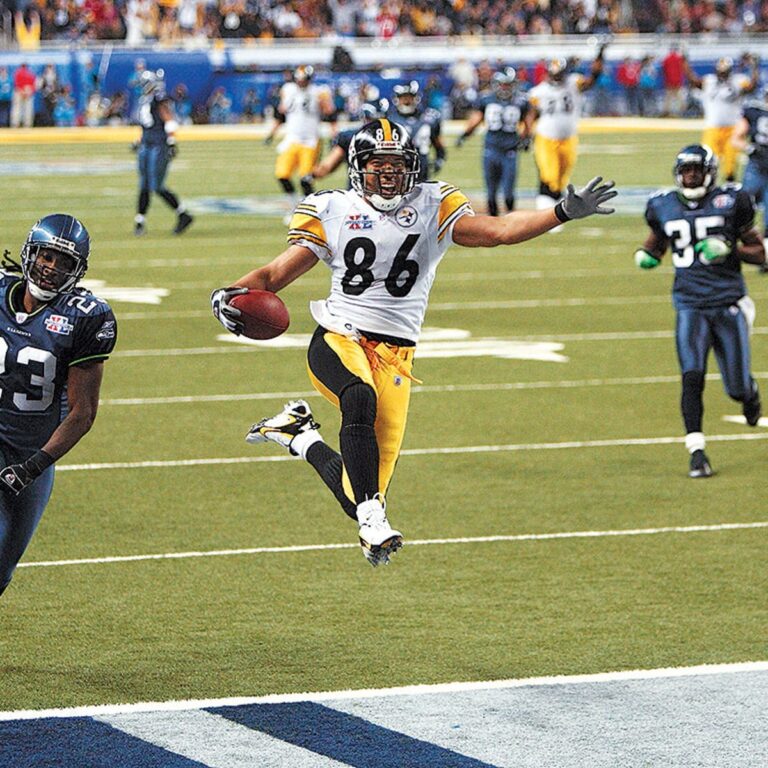Super Bowl XXXIV: Rams vs. Titans – The Tussle for Glory in the ‘Greatest Show on Turf’
Introduction:
Super Bowl XXXIV, played on January 30, 2000, at the Georgia Dome in Atlanta, Georgia, stands out as a historic clash that showcased two formidable teams, the St. Louis Rams and the Tennessee Titans, in a battle for football supremacy. The matchup not only unfolded as a thrilling contest on the gridiron but also marked the culmination of the NFL season with the ultimate prize at stake. In this blog post, we delve into the narrative of Super Bowl XXXIV, a game defined by high stakes, dramatic moments, and the rise of the “Greatest Show on Turf.”
The Context:
Super Bowl XXXIV unfolded during a period when the St. Louis Rams, led by head coach Dick Vermeil, were transforming into an offensive juggernaut known as the “Greatest Show on Turf.” On the other side, the Tennessee Titans, coached by Jeff Fisher, were making their first Super Bowl appearance, seeking to overcome the Rams’ potent offense. The stage was set for a showdown that would leave an indelible mark on football history.
The Teams and Players:
The Rams boasted an electrifying offense, led by quarterback Kurt Warner, running back Marshall Faulk, and a dynamic receiving corps featuring Isaac Bruce and Torry Holt. The Titans, anchored by quarterback Steve McNair and running back Eddie George, showcased a balanced attack and a tenacious defense.
The Game Unfolds:
Super Bowl XXXIV commenced with the Rams and Titans exchanging blows in a closely contested first half. The Rams, known for their high-scoring offense, faced a resilient Titans team that matched them play for play. The game reached halftime with a 9-0 lead for the Rams, courtesy of three field goals.
The second half unfolded as a dramatic back-and-forth affair, with both teams showcasing their offensive prowess. The Titans, trailing 16-0 in the third quarter, mounted a comeback led by quarterback Steve McNair. The game reached its climax in the final minutes, with the Titans driving for a potentially game-tying touchdown.
The iconic moment came on the final play of the game when Rams linebacker Mike Jones tackled Titans wide receiver Kevin Dyson just short of the goal line, securing a 23-16 victory for the Rams and their first Super Bowl title.
The “Greatest Show on Turf”:
Super Bowl XXXIV marked the pinnacle of the Rams’ offensive brilliance, earning them the moniker “Greatest Show on Turf.” Quarterback Kurt Warner, who was named the Super Bowl MVP, threw for 414 yards and two touchdowns, showcasing the aerial assault that defined the Rams’ offensive identity. Running back Marshall Faulk contributed with 135 total yards and a touchdown, further adding to the team’s dynamic attack.
The Rams’ offense, known for its quick-strike capability and innovative play-calling under the guidance of offensive coordinator Mike Martz, left an indelible mark on the NFL landscape. The performance in Super Bowl XXXIV solidified the Rams’ place in history as one of the most exciting and explosive offensive teams in the league.
Dramatic Defensive Moments:
While the game is often remembered for its offensive fireworks, key defensive moments played a crucial role in shaping the outcome. The Rams’ defense, led by players like defensive end Kevin Carter and safety Kim Herring, managed to create turnovers and apply pressure on Titans quarterback Steve McNair.
The game’s defining defensive play came on the final play when Rams linebacker Mike Jones made a decisive tackle on Titans wide receiver Kevin Dyson, preventing the potential game-tying touchdown. The Rams’ defense, despite facing a resilient Titans comeback, rose to the occasion when it mattered most, securing the championship for St. Louis.
Halftime Show and Cultural Impact:
Super Bowl XXXIV’s halftime show featured a performance by the legendary pop group *NSYNC, showcasing the blend of pop culture and sports entertainment. While halftime shows of this era may not have been as elaborate as contemporary productions, they contributed to the evolving cultural significance of the Super Bowl as a major entertainment event.
Legacy and Impact:
Super Bowl XXXIV left an enduring legacy, marking the St. Louis Rams’ first Super Bowl championship and the ascension of the “Greatest Show on Turf” to football greatness. The victory showcased the Rams’ offensive prowess and their ability to deliver in high-pressure situations. Kurt Warner’s MVP performance solidified his place as one of the greatest Cinderella stories in NFL history, transitioning from an unknown backup to a Super Bowl-winning quarterback.
For the Titans, the game represented a valiant effort in their first Super Bowl appearance. The dramatic conclusion, falling just short of the goal line, added to the lore of Super Bowl XXXIV and highlighted the fine margins that separate victory from defeat in championship football.
Conclusion:
As we reflect on Super Bowl XXXIV, it stands as a defining chapter in NFL history. The game not only celebrated the St. Louis Rams’ offensive brilliance and championship triumph but also showcased the drama, excitement, and iconic moments that make the Super Bowl the pinnacle of American sports. Super Bowl XXXIV remains a timeless moment in football history, embodying the essence of competition, resilience, and the pursuit of greatness.
Keywords: Super Bowl XXXIV, St. Louis Rams, Tennessee Titans, Kurt Warner, Greatest Show on Turf, NFL history, Mike Martz, Dick Vermeil, championship brilliance.

